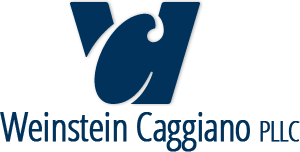More than 40 years after concerns were raised that employees of Boeing’s Everett plant suffered an elevated risk of cancer and birth defects in their children, the airline giant still has not taken sufficient action to end the threat. Exposure standards that Boening agreed to more than a decade ago still are not being met, with hundreds of workers still at serious risk every day.
As part of the assembly process, Boeing uses several chemicals linked to serious illness. Among them is hexavalent chromium, an anti-corrosion chemical commonly known as Cr(VI). It is also a notorious carcinogen. Other chemicals have been blamed for “catastrophic” birth defects in the children of at least three former Boeing employees. Those workers sued Boeing, and one of them settled their lawsuit in November.
‘KEEP PEL AS HIGH AS POSSIBLE’
Despite pressure from OSHA and some of Boeing’s own researchers, the company often has been reluctant to phase out its use of toxic chemical compounds. According to documents discussed in depositions last year, OSHA began considering more stringent rules regarding the use of Cr(VI) back in 2004. That same year, a regulatory analyst for Boeing wrote the following in an email: “WE ARE PRIMARILY INTERESTED IN PERSUADING OSHA TO KEEP THE PEL AS HIGH AS POSSIBLE.” The “PEL” is OSHA’s permissible exposure limit for workers.
OSHA issued new limits on workplace CR(VI) exposure that took effect in 2010. However, the Washington State Department of Labor and Industries issued a variance to Boeing to give it extra time to come into compliance. Even though the department revoked the variance in 2016, Cr(VI) remains in the atmosphere at the Everett plant at levels far above what is considered safe.
People who develop life-threatening illnesses like cancer on the job may be entitled to substantial compensation from their current or former employer. The process can be complicated, but working with an experienced attorney can be a huge help in getting justice for yourself and your family.
